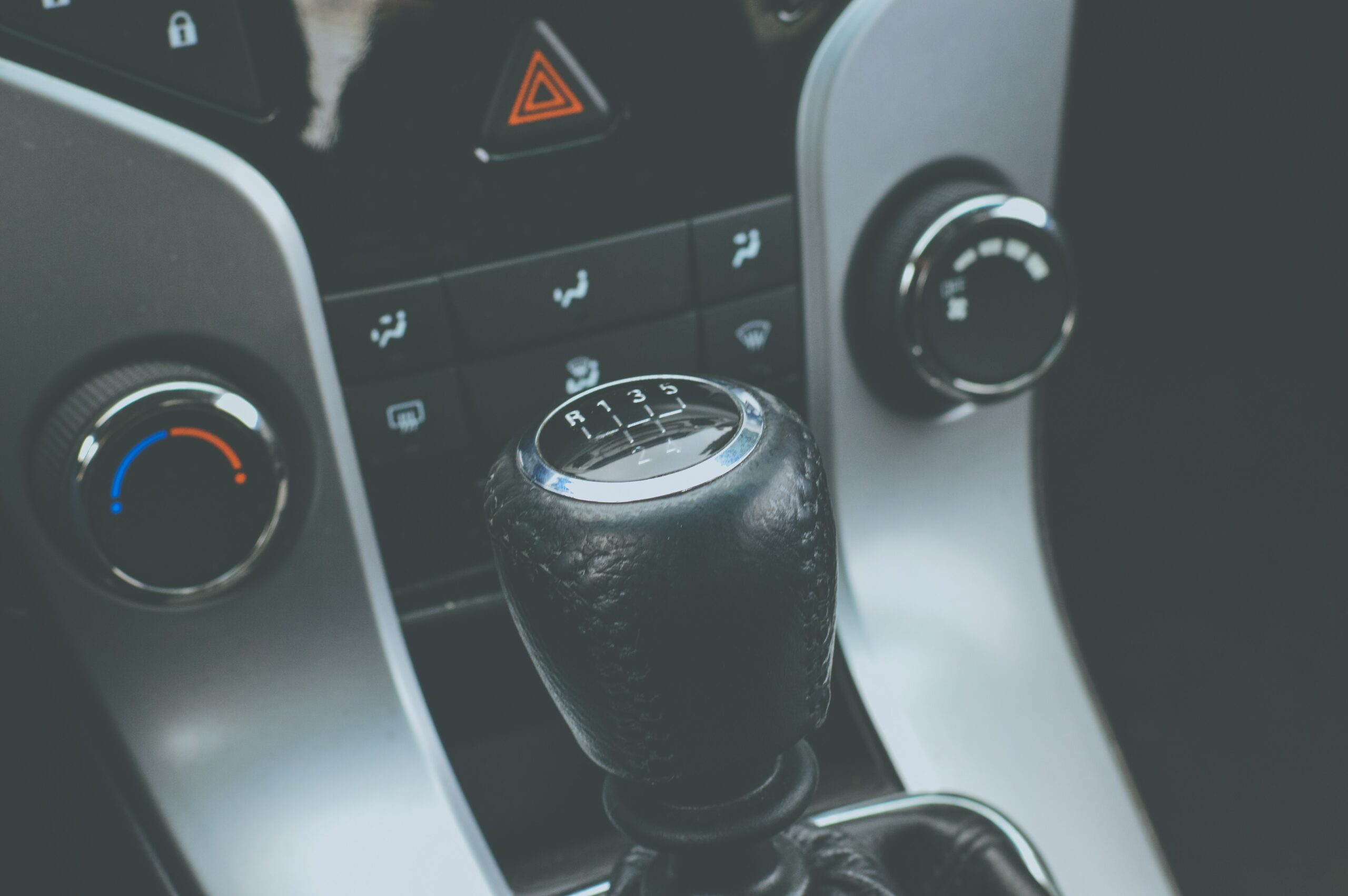Your car is a complex machine with various interworking parts that must all function properly for optimal performance. While it may seem insignificant, your car’s throw-out bearing plays a critical role in its functioning. In this article, we’ll discuss the importance of fixing a bad throwout bearing, symptoms of failure, and how you can prevent issues from occurring—especially when it comes to avoiding costly powertrain system repair.
So, what is a throw-out bearing? In short, it is a critical component of your car’s clutch system. When you press down on the clutch pedal, the throw-out bearing engages with the transmission’s various parts through a series of chain reactions that ultimately affect both the engine and wheel functioning. This allows the flywheel, pressure plate, clutch plate, and throw-out bearing to interact with the gear systems and crankshaft, ultimately controlling the amount of contact between the clutch plate and flywheel.
As with any car part, it is important to know the symptoms of a bad throwout bearing so that you can address maintenance and repair procedures immediately. The longer a throw-out bearing remains non-functional, the more serious the symptoms become, and the more expensive the repair will be. Here are the most common symptoms of a bad throwout bearing:
First
You may hear odd noises when engaging the clutch pedal. A grinding or rattling sound when pressing down on the clutch pedal may indicate a bad throwout bearing, but could also point toward other issues with your transmission or clutch, so it’s important to seek a differential diagnosis.
Secondly
A bad throw-out bearing can cause your car’s clutch pedal to become stiff or difficult to press down. Any driver should consider this to be a warning sign and should take immediate action.
Thirdly
Any transmission issue can lead to difficulty shifting gears. If the clutch pedal won’t engage fully or is difficult to press down, it can lead to gear shifting difficulty, which ultimately renders the car useless until the issue is fixed.
Finally
A bad throw-out bearing can lead to total clutch failure. This is an expensive issue to fix, so it’s important to address signs of throw-out bearing wear early on, before the problem worsens.
So, how can you prevent premature throw-out bearing wear? One of the easiest ways is to adjust the way you engage the clutch pedal in your car. Engage the clutch for the shortest period of time possible and put your car in neutral when you come to a stop—don’t keep your foot pressed down on the clutch. Additionally, following your car’s routine maintenance schedule set forth by its manufacturer is the best way to ensure that your transmission and clutch are well-serviced at all times, ultimately prolonging your car’s life. Finally, ongoing inspections can help detect throw-out bearing failure early on. The more frequently your automotive tech can get a look at your car, the better informed they are on the progression of the aging process your car is going through, helping them anticipate issues before the damaging effects occur.
The throw-out bearing may seem like a small and insignificant part, but it plays a crucial role in your car’s functioning. Be aware of the symptoms associated with throw-out bearing wear, take steps to prevent premature wear, and address any issues immediately to avoid costly repairs down the road.
GET TRANSMISSION AND CLUTCH REPAIRS BY GENERAL TRANSMISSION RENO
If you’re experiencing problems with your clutch or transmission including, but not limited to, the issues listed above, do not hesitate to bring your vehicle down. Reach out to us at General Transmission so that we can address your problems and get your car running smoothly again!
 After Hours Contact
After Hours Contact Finance OPtions
Finance OPtions
